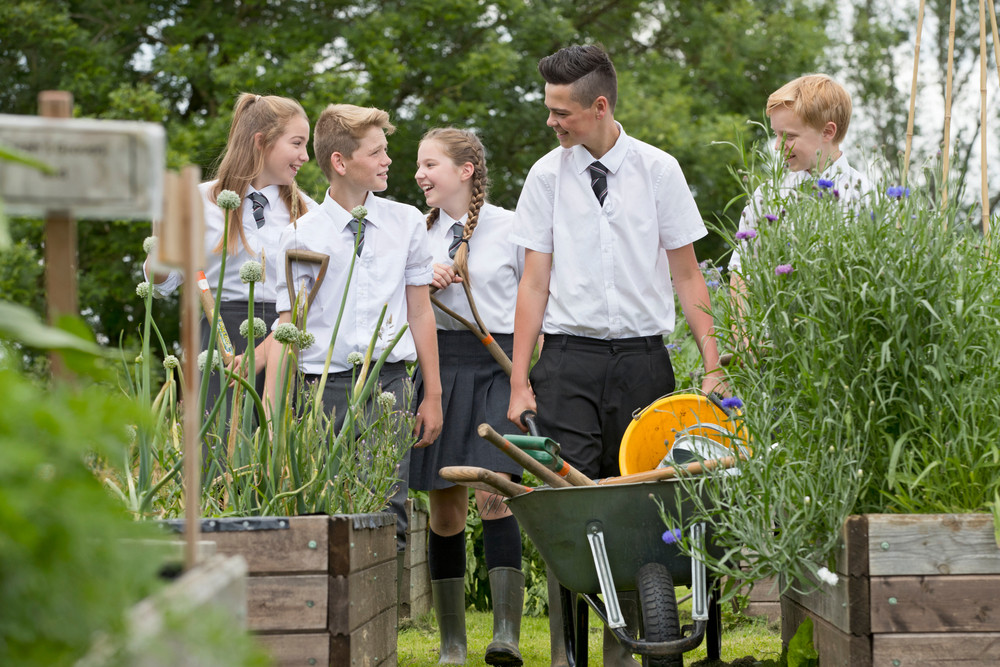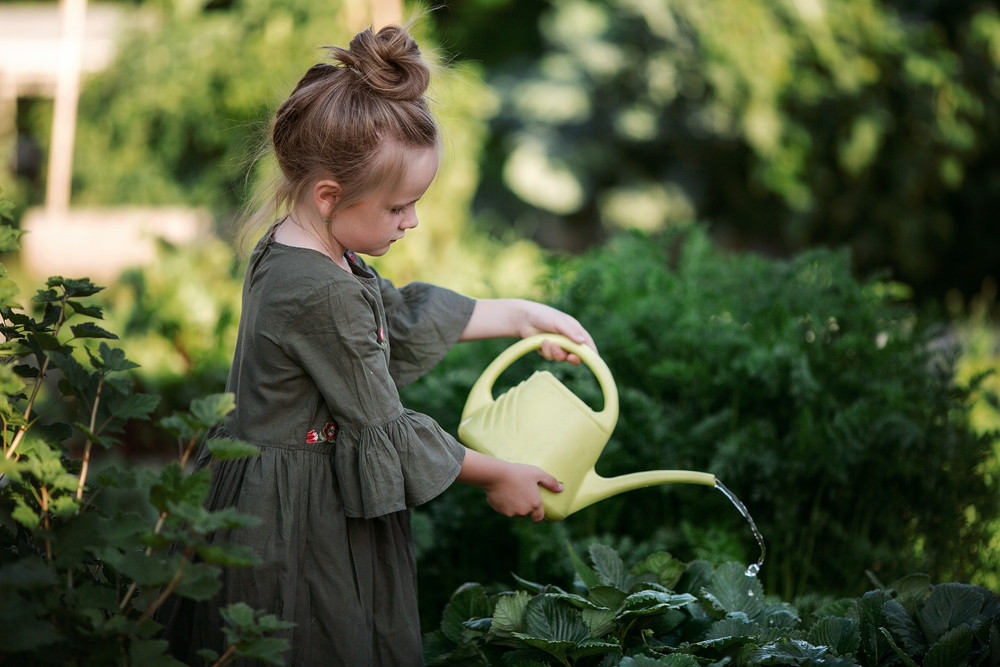Starting a School Vegetable Garden with VegPlotter : A Teacher's Guide

Starting a School Vegetable Garden with VegPlotter
Introduction
Starting a school vegetable garden is an excellent way to teach students about sustainability, nutrition, and the environment. It offers hands-on learning opportunities and fosters a sense of responsibility and community. With the help of garden planners like VegPlotter, the process becomes more manageable and organized. This blog will guide you through the steps to start a successful school vegetable garden using VegPlotter, a powerful online garden planner.
Benefits of a School Vegetable Garden
Before diving into the planning and implementation, let's explore the numerous benefits of having a school vegetable garden:
- Educational Opportunities: Students learn about plant biology, ecology, and the food cycle.
- Healthy Eating Habits: Children are more likely to try and enjoy vegetables they have grown themselves.
- Environmental Awareness: Gardening fosters respect for nature and an understanding of sustainable practices.
- Physical Activity: Gardening is a healthy physical activity that gets students outdoors.
- Life Skills: Students develop teamwork, patience, and responsibility.

Planning Your Garden with VegPlotter
Using a garden planner like VegPlotter can make the planning phase easier and more efficient. Here’s how you can utilize VegPlotter for your school vegetable garden:
Step 1: Define Your Goals
Before starting the garden, determine the goals and objectives. Are you aiming to supplement the school cafeteria, create a learning tool, or both? Understanding your goals will help you design the garden to meet specific needs.
Step 2: Choose the Right Location
Selecting the right location for your garden is crucial. Look for an area that receives at least six hours of sunlight per day and has access to water. Ensure the site is safe and accessible for students.
Step 3: Plan Your Garden Layout

This is where VegPlotter shines as a garden planner. VegPlotter allows you to create a detailed layout of your garden. You can drag and drop different types of plants and structures onto a virtual grid, making it easy to visualize your garden before you start planting.
- Create an Account: Sign up for a free account on VegPlotter’s website.
- Input Garden Dimensions: Enter the dimensions of your garden space to create an accurate layout.
- Design the Layout: Use the drag-and-drop feature to place beds, pathways, and plants. VegPlotter provides information on plant spacing and companion planting, ensuring your garden is efficient and productive.
Step 4: Select Your Plants
Choosing the right plants for your school garden is essential. Consider the local climate, soil type, and the growing season. VegPlotter’s garden planner tool can help you select suitable plants by providing information on planting times, growth habits, and care requirements.
- Vegetable Selection: Choose a variety of vegetables that are easy to grow and maintain. Tomatoes, carrots, lettuce, and beans are excellent choices for beginners.
- Companion Planting: Use VegPlotter to plan companion planting, which can help improve yields and reduce pests.
Step 5: Prepare the Soil
Good soil is the foundation of a healthy garden. Test your soil to determine its pH and nutrient levels. Amend the soil with compost and organic matter to improve its structure and fertility.
Implementing Your Garden Plan
With your garden planner layout from VegPlotter and your plants selected, it’s time to start implementing your plan.
Step 1: Build the Garden Beds
Based on your VegPlotter layout, mark out the garden beds and pathways. Raised beds are a great option for school gardens as they provide good drainage and are easier to maintain.
Step 2: Planting
Follow your VegPlotter garden planner to plant your vegetables. Make sure to plant at the right depth and spacing, as indicated in your layout. Involve students in the planting process to give them a sense of ownership and responsibility.
Step 3: Mulching and Watering
Mulch around the plants to retain moisture and suppress weeds. Set up a regular watering schedule to ensure the plants receive adequate water, especially during dry periods.

Maintaining Your School Vegetable Garden
Maintenance is key to a successful garden. Regular tasks include weeding, watering, and monitoring for pests and diseases. Using VegPlotter’s garden planner, you can schedule these tasks and keep track of what needs to be done.
Step 1: Weeding
Weeds compete with your plants for nutrients and water. Regularly check for and remove weeds to keep your garden healthy.
Step 2: Pest Control
Monitor your plants for signs of pests and diseases. VegPlotter can provide tips on organic pest control methods. Encourage beneficial insects like ladybugs and spiders that prey on harmful pests.
Step 3: Harvesting
Harvest vegetables as they mature. Teach students how to properly pick vegetables without damaging the plants. Regular harvesting encourages more production.

Educational Integration
A school vegetable garden is a valuable educational tool. Integrate the garden into your curriculum by incorporating lessons on plant biology, nutrition, and environmental science. Use VegPlotter’s garden planner to track growth and document the gardening process, turning it into a comprehensive learning experience.
Community Involvement
Engage the wider school community in the garden project. Involve parents, teachers, and local volunteers. Host garden workdays and events to foster a sense of community and ensure the garden’s sustainability.
Conclusion
Starting a school vegetable garden is a rewarding project that offers numerous benefits to students and the school community. Utilizing a garden planner like VegPlotter simplifies the planning and management process, making it easier to create and maintain a productive garden. By following the steps outlined in this guide, you can establish a successful school vegetable garden that educates, nourishes, and inspires.

Remember, a garden planner is an invaluable tool that helps you stay organized and efficient throughout the gardening process. With VegPlotter, you can turn your school’s gardening dreams into reality, providing students with an enriching and educational experience that will last a lifetime. Happy gardening!


